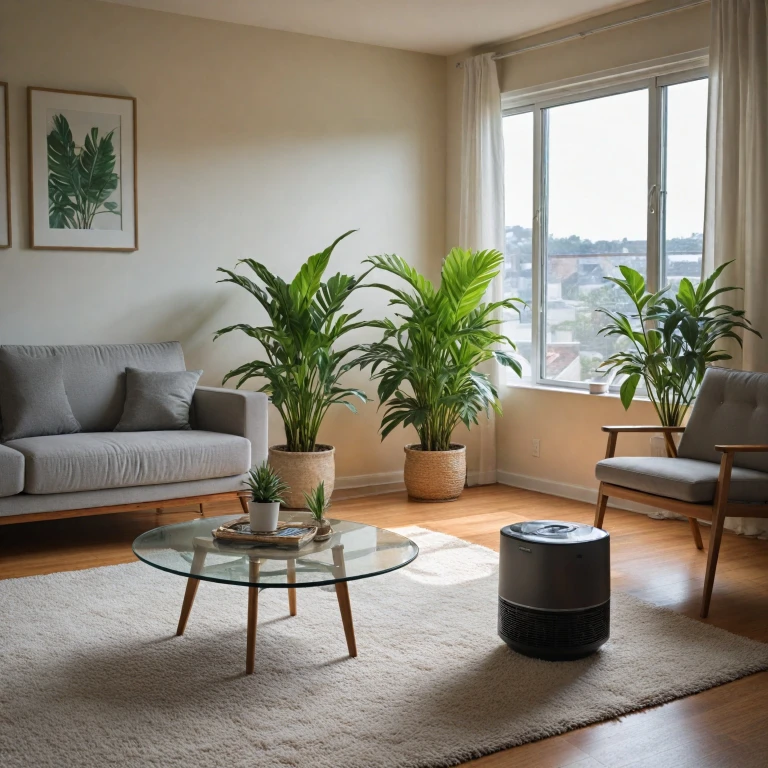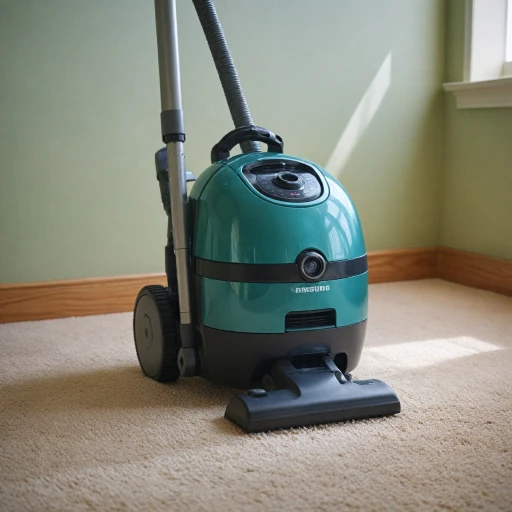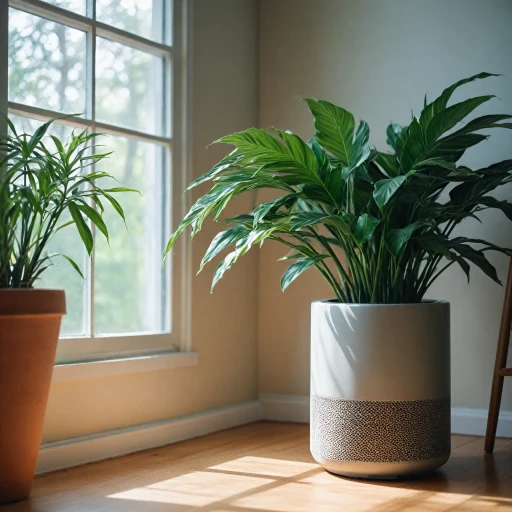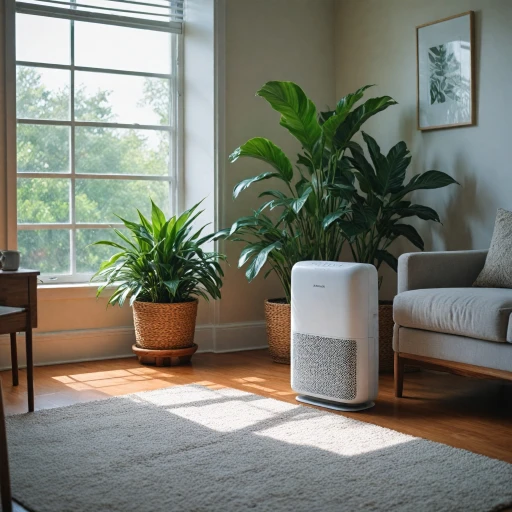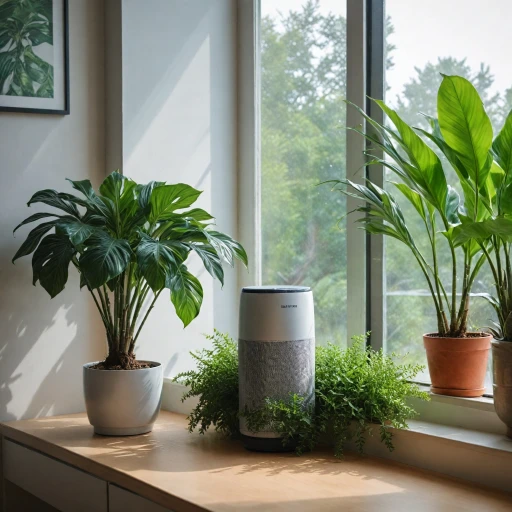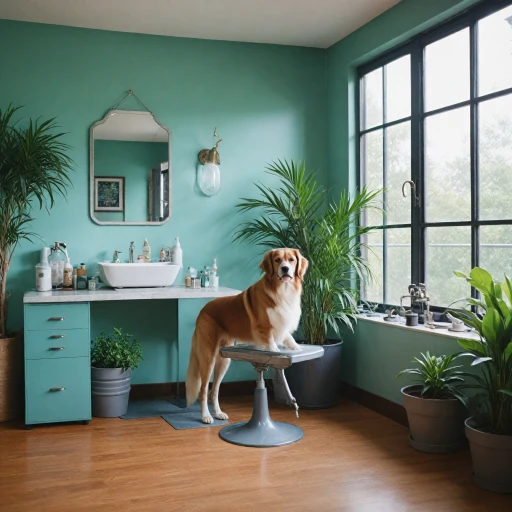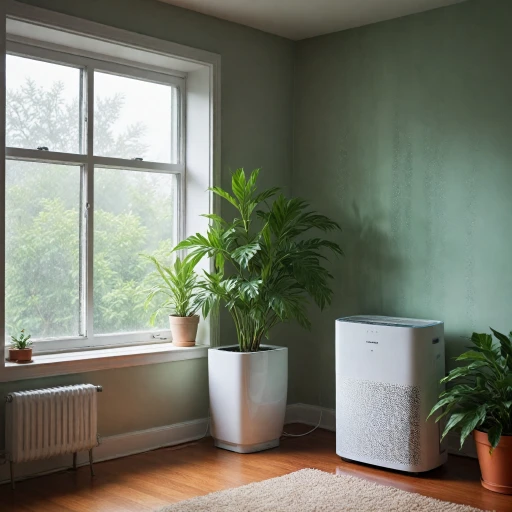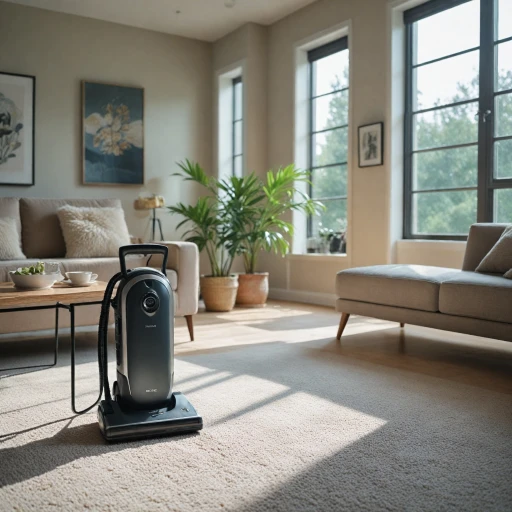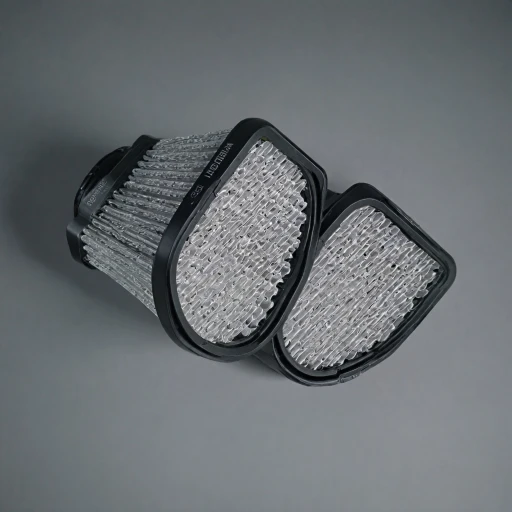
Understanding the impact of cigarette smoke indoors
The Invisible Threat of Cigarette Smoke Indoors
Cigarette smoke is not just a nuisance; it poses significant health risks, especially when trapped indoors. The smoke consists of thousands of chemicals, many of which are harmful. These tiny particles can linger in the air, affecting air quality and health. Understanding this impact is crucial for anyone looking to improve their indoor environment.
When cigarette smoke fills a room, it releases particles and gases that can settle on surfaces and remain in the air for extended periods. This not only leads to unpleasant odors but also affects the health of everyone in the space. The smoke particles are small enough to penetrate deep into the lungs, which can lead to respiratory issues over time. For individuals with pre-existing health conditions, this can exacerbate their symptoms.
While opening windows might seem like a simple solution, it is not always effective, especially in areas with poor ventilation. This is where air purifiers come into play. They are designed to filter out these harmful particles, significantly improving the air quality in your home. But not all air purifiers are created equal. Some are specifically designed to tackle smoke and odors more effectively than others.
As you consider investing in an air purifier, it's important to understand how these devices work against cigarette smoke and what features are essential for optimal performance. In the following sections, we will explore how air purifiers function, what features to look for, and how to enhance their effectiveness. Additionally, we will discuss other strategies that can help reduce cigarette smoke indoors, complementing the use of air purifiers.
For those interested in tackling allergens as well, consider exploring the right anti-allergen laundry detergent for your home to further improve your indoor air quality.
How air purifiers work against cigarette smoke
Cigarette smoke can be quite challenging to tackle due to its complex makeup of particles and chemicals. Air purifiers play a crucial role in reducing smoke indoors through the use of advanced filtering technologies. Here's how these devices can effectively eliminate cigarette smoke from your living spaces.
Mechanisms of Action in Air Purifiers
Air purifiers combat cigarette smoke primarily through a combination of HEPA filters and activated carbon filters. HEPA filters are designed to capture fine particles in the air, such as smoke particles, which are known to be particularly pervasive. When tested under rigorous conditions, HEPA filters consistently manage to capture at least 99.97% of particles that are 0.3 microns in size, providing an excellent barrier against many smoke components.
On the other hand, activated carbon filters are charged with the task of handling odors and chemical compounds present in cigarette smoke. The porous structure of carbon filters allows them to adsorb and hold pollutants and smoke constituents more effectively than other types of filters.
Factors Influencing Performance
The effectiveness of smoke removal largely depends on factors such as size of the room, type of purifier, and air purifier settings:
- Room Size: It's essential to select a purifier according to the room's square footage. Larger rooms may require units labeled as suitable for large rooms for optimal performance.
- Fan Speed Settings: A purifier's performance can often be adjusted based on fan speed. Higher settings generally improve air turnover rates, thus enhancing smoke particle removal. However, consider the noise level which may vary with speed adjustments.
- Device Features: Features such as automatic sensors and air quality indicators can be valuable. They adjust the purifier’s operation intensity in real-time based on the detected air quality.
Maximizing Results
While air purifiers are highly effective, their performance is greatly enhanced when combined with additional measures. Regularly replacing filters is crucial for maintaining effectiveness; many users report that switching filters every 6 to 12 months delivers the best results.
Explore more about how to enhance your home environment with the right air purifier for your specific needs and smoke challenges.
Key features to look for in an air purifier for smoke
Features to Optimize Smoke Removal
When considering an air purifier specifically aimed at combating cigarette smoke, there are key features that can significantly impact its effectiveness. Understanding these features can help make a well-informed choice.- HEPA Filter Efficiency: A High-Efficiency Particulate Air (HEPA) filter is essential, as it can capture smoke particles and other fine pollutants lingering in the air. Look for "True HEPA" filters which are tested and designed to trap 99.97% of particles as small as 0.3 microns, making them the best choice for smoke-related issues.
- Activated Carbon Filters: Smoke carries a potent odor, and activated carbon filters are highly effective at absorbing these odors. A robust carbon filter in your air cleaner will work in tandem with a HEPA filter to remove smoke smells and improve air quality.
- Smoke Eater Action: Some purifiers are designed specifically as smoke eaters, combining several technologies to enhance performance. This includes multiple layers of filters and specialized processes that target the tiniest particles and gaseous pollutants.
- Room Coverage: Determine the area of the room where the purifier will be used. For large rooms, select models like the Blue Pure or Pure Max that are designed to cover expansive spaces efficiently.
- Fan Speed and Noise Levels: A good air purifier should allow you to adjust the fan speed as needed. High fan speeds improve smoke removal efficacy but be mindful of noise levels in quiet environments like bedrooms or offices.
- Air Quality Sensors: Many advanced purifiers come with air quality sensors that can automatically adjust the fan speed to deal with varying levels of smoke, providing real-time adjustments for optimal performance.
- Product Reviews and Ratings: Browse customer reviews, such as those on Amazon, to assess user satisfaction and test performance. Models with high stars reviews often highlight reliability and effectiveness.
- Price and Value: While the regular price can vary significantly, look for models that offer the best air purifying features within your budget. Sales or discounts can provide additional value without compromising on capability.
Comparing popular air purifier models for smoke removal
Examining Top Air Purifier Models for Smoke Extraction
When tackling cigarette smoke indoors, selecting the right air purifier is essential to ensure effective purification and a healthier living environment. Several popular models have been extensively tested for their ability to remove smoke and improve air quality.- HEPA Filters and Smoke Removal: True HEPA filters are crucial in trapping tiny smoke particles. HEPA air purifiers can capture up to 99.97% of particles, helping to eliminate the fine particulate matter found in cigarette smoke. Models like the Blue Pure series have consistently received high stars reviews for their performance in smoke-heavy environments.
- Activated Carbon for Odor Control: In addition to HEPA filters, a carbon filter is often included for its ability to absorb odors and smoke effectively. Smoke eaters with activated carbon are adept at neutralizing lingering cigarette odors, making them an essential feature for smoke air purification.
- Room Size Compatibility: When considering an air purifier, it's important to match the unit’s capacity with the size of your room. Look for specifications that indicate suitability for a large room if you are dealing with significant cigarette smoke. This ensures the unit operates efficiently without being overworked.
- Fan and Speed Settings: Adjustable fan speed settings provide customizable purification levels. High-speed settings can quickly remove dense smoke particles, albeit at a higher noise level. Many air purifiers offer various speed modes to balance performance with comfort.
- Affordability and Value: While examining these features, consider the price and value of the purifier. Products available at a regular price or with a price sale can offer great value without compromising on efficiency. For instance, the Pure Max series provides robust filtration at a competitive price point.
Tips for optimizing air purifier performance
Maximizing the Efficiency of Your Air Purifier
To ensure that your air purifier is operating at its full potential when combating cigarette smoke, there are several strategies you can implement.- Placement of the Air Purifier: Positioning your air purifier correctly is crucial. It should be placed in an area where the airflow is not obstructed, preferably in a central location within the room for optimal distribution. Avoid placing it in corners or behind large pieces of furniture where air circulation might be blocked.
- Regular Maintenance of Filters: Regularly checking and replacing the air filters is essential in maintaining the purifier's effectiveness. Over time, HEPA and activated carbon filters can become clogged with particles and odors, reducing the efficiency of the purifier. Depending on usage, keep an eye on the manufacturer’s guidelines for filter replacement to maintain air quality.
- Adjusting Fan Speed: Many air purifiers, including the highly rated models with great reviews like the Blue Pure or Pure Max, come with adjustable fan speeds. For rooms with heavier smoke, utilizing a higher fan speed can enhance the purifier's performance, helping to remove more smoke particles and odors promptly.
- Consider Room Size: Tailor the air purifier's settings to match the size of the room. Larger rooms may require purifiers designed for higher square footage to maintain a smoke-free environment. This is especially important for areas used frequently, like living rooms, where cigarette smoke can linger.
- Timing and Duration of Use: Operating the air purifier during and after smoking can help ensure particles are removed continuously. For effective results, it’s often beneficial to leave the air purifier running, especially if cigarette smoke interference is frequent.
Additional strategies for reducing cigarette smoke indoors
Ventilation and Airflow
Maintaining efficient ventilation and airflow in your home is crucial for keeping cigarette smoke from lingering indoors. While air purifiers play an essential role in removing smoke particles from the air, combining them with proper ventilation strategies can further reduce smoke-related odors and particles.- Regular Ventilation: Open windows and doors, or use exhaust fans to allow fresh air to circulate and dilute indoor pollutants, including cigarette smoke.
- Fan Placement: Use fans to direct airflow towards windows or doors, effectively pushing smoke outside and preventing it from settling in furniture and fabrics.
Strategic Use of Indoor Plants
Although plants won’t actively remove smoke particles like HEPA filters or carbon filters, they can help improve overall air quality in your home. Strategic placement of air-filtering houseplants can complement the work of your air purifier.- Choose plants known for their air-cleaning properties, like peace lilies or spider plants, to assist in refreshing the air.
- Place plants in areas where smoke tends to accumulate, such as living rooms or near smoking areas.
Regular Maintenance and Cleaning
Maintaining your air purifier is vital for optimizing its performance against cigarette smoke. A well-maintained purifier will be more efficient at capturing smoke particles and odors.- Filter Replacement: Regularly change HEPA filters and activated carbon filters following the manufacturer's recommendations. This ensures the purifier continues to capture smoke particles and odors effectively.
- Cleaning: Clean the exterior and pre-filters of your air purifier periodically to prevent dust build-up, which can impair performance.
Smoke Eaters and Air Cleaners
Consider adding additional smoke-specific solutions alongside your air purifier. Smoke eaters and advanced air cleaners are designed to target cigarette smoke particles specifically, often equipped with multiple layers of filters and strong fans for thorough removal.- Dedicated Devices: Choose a smoke eater that's been tested and proven effective for your room size and smoking habits. Check user reviews and product specifications to find the best air cleaner for your needs.
